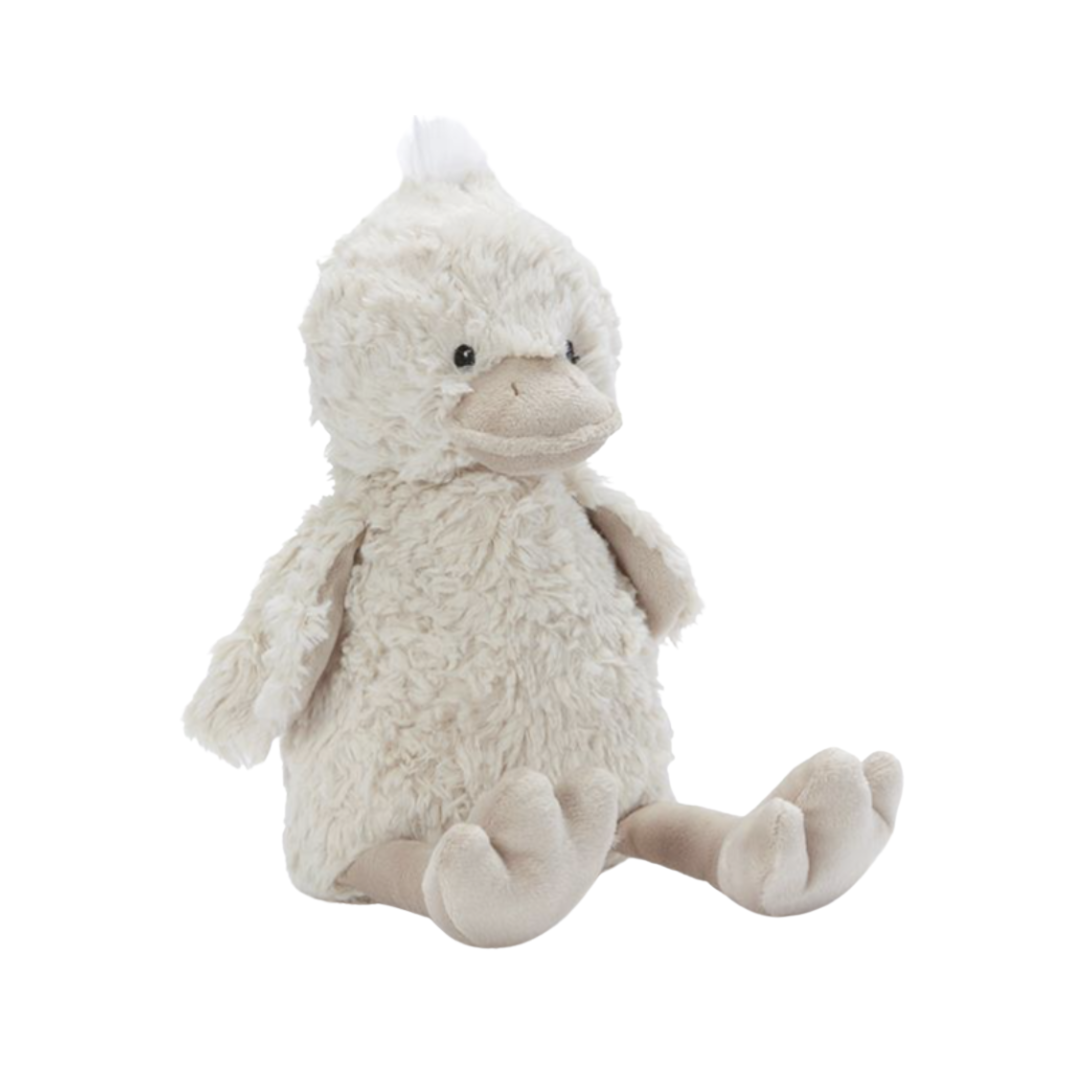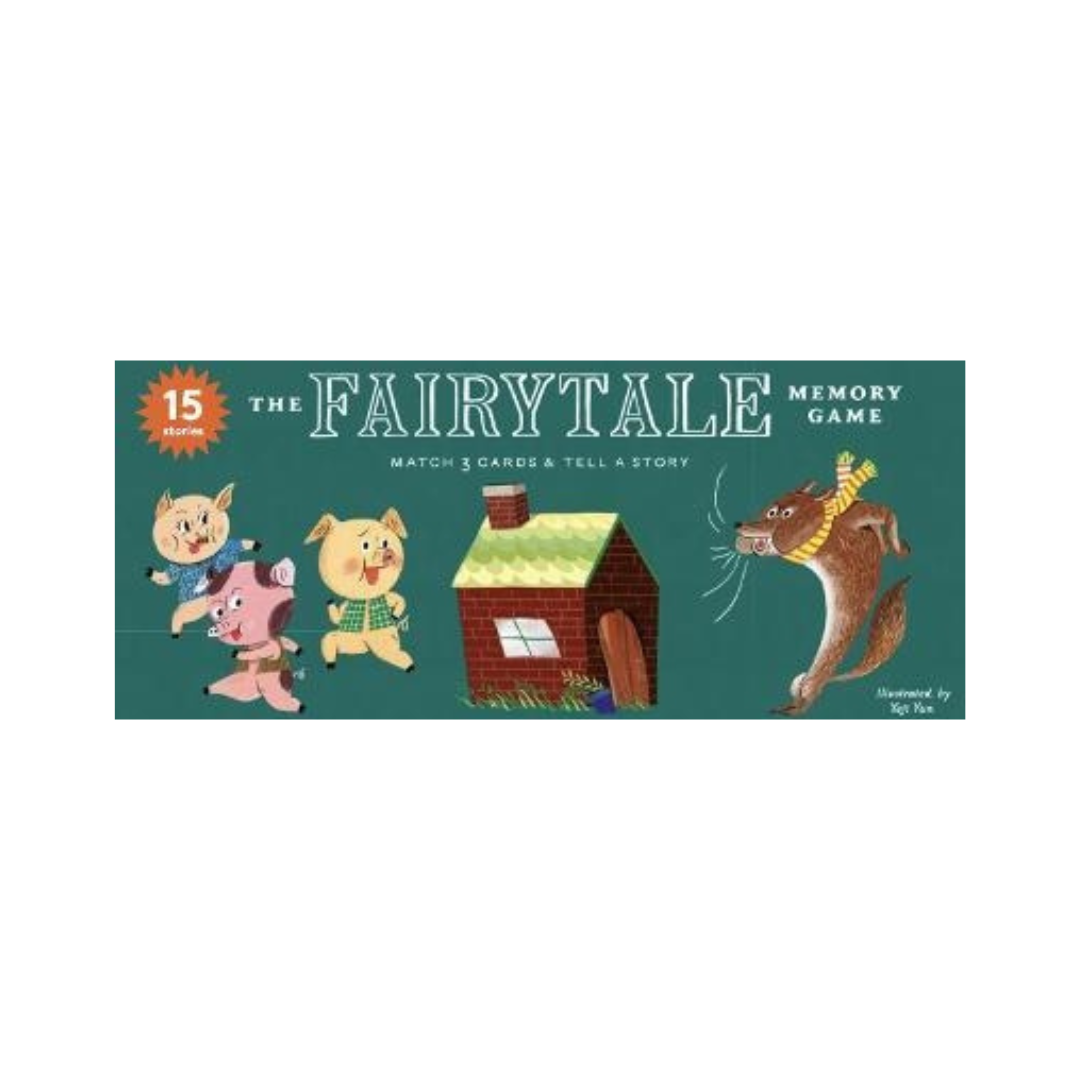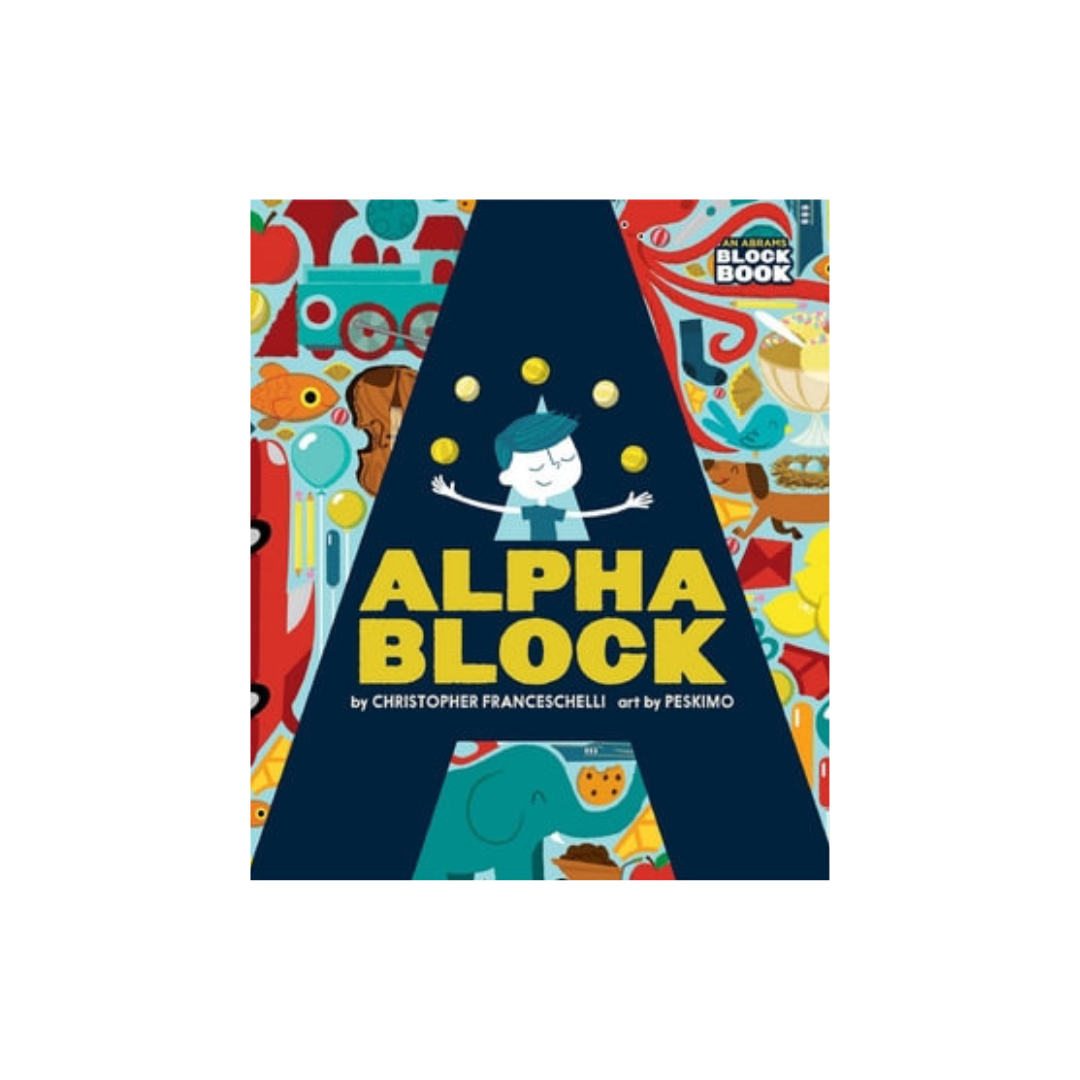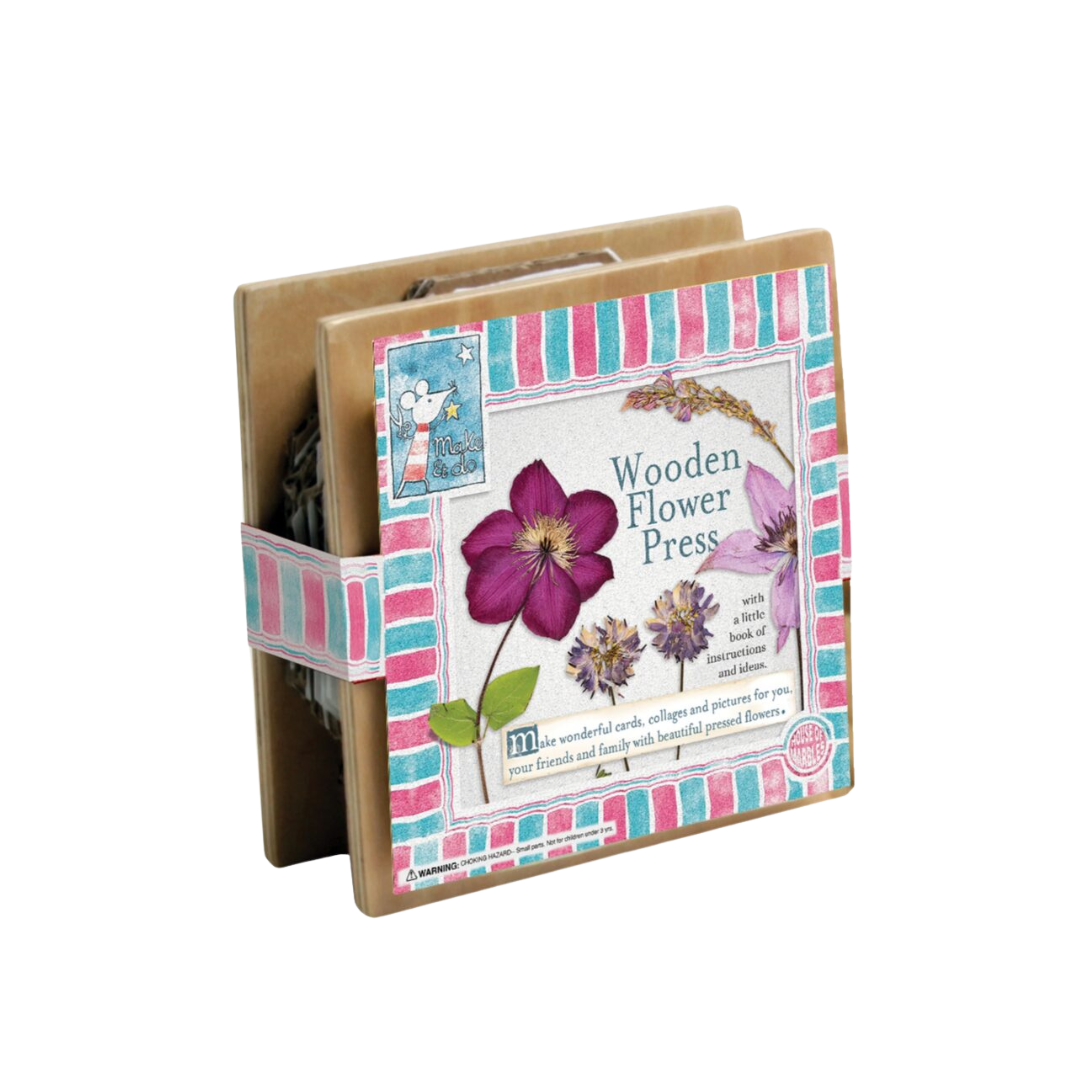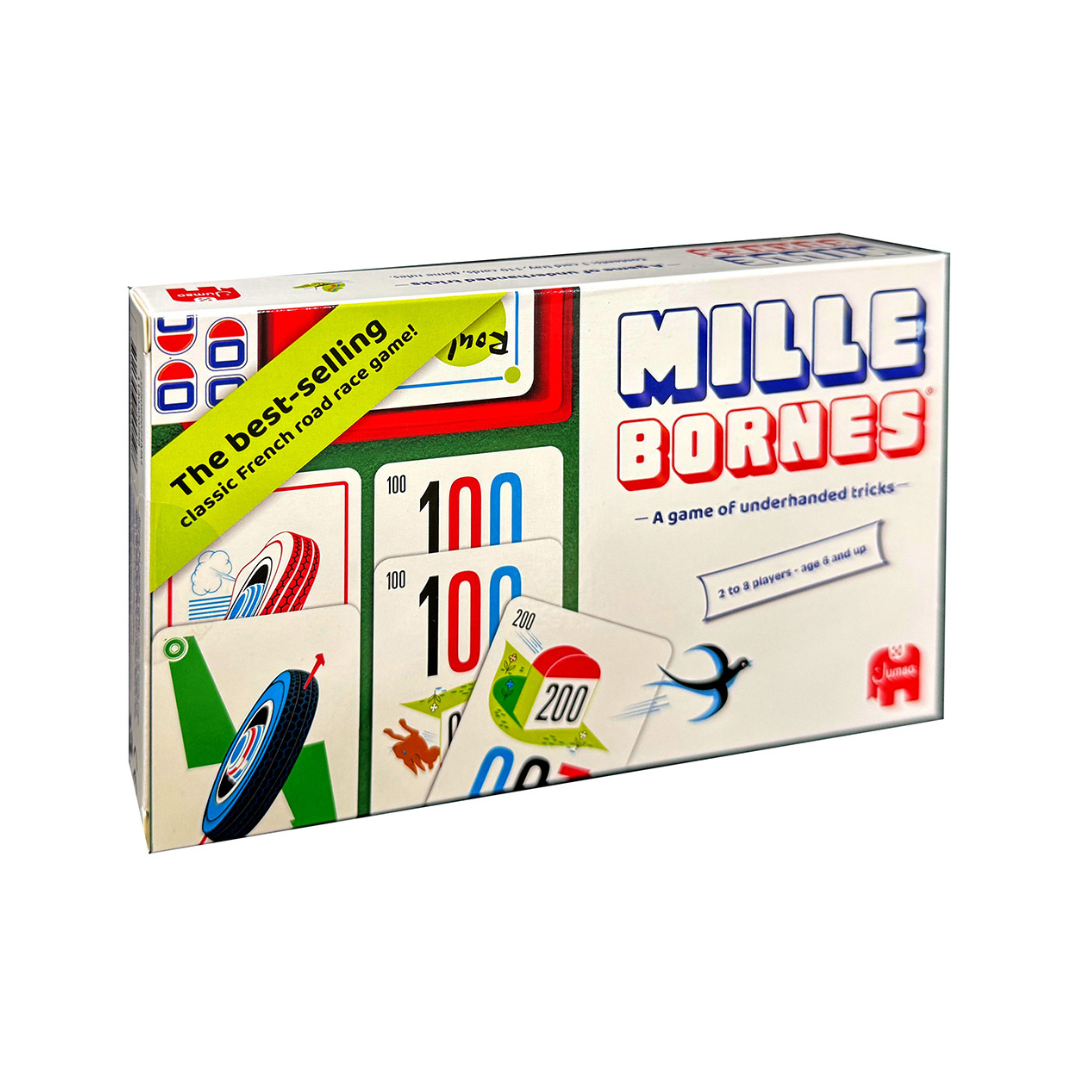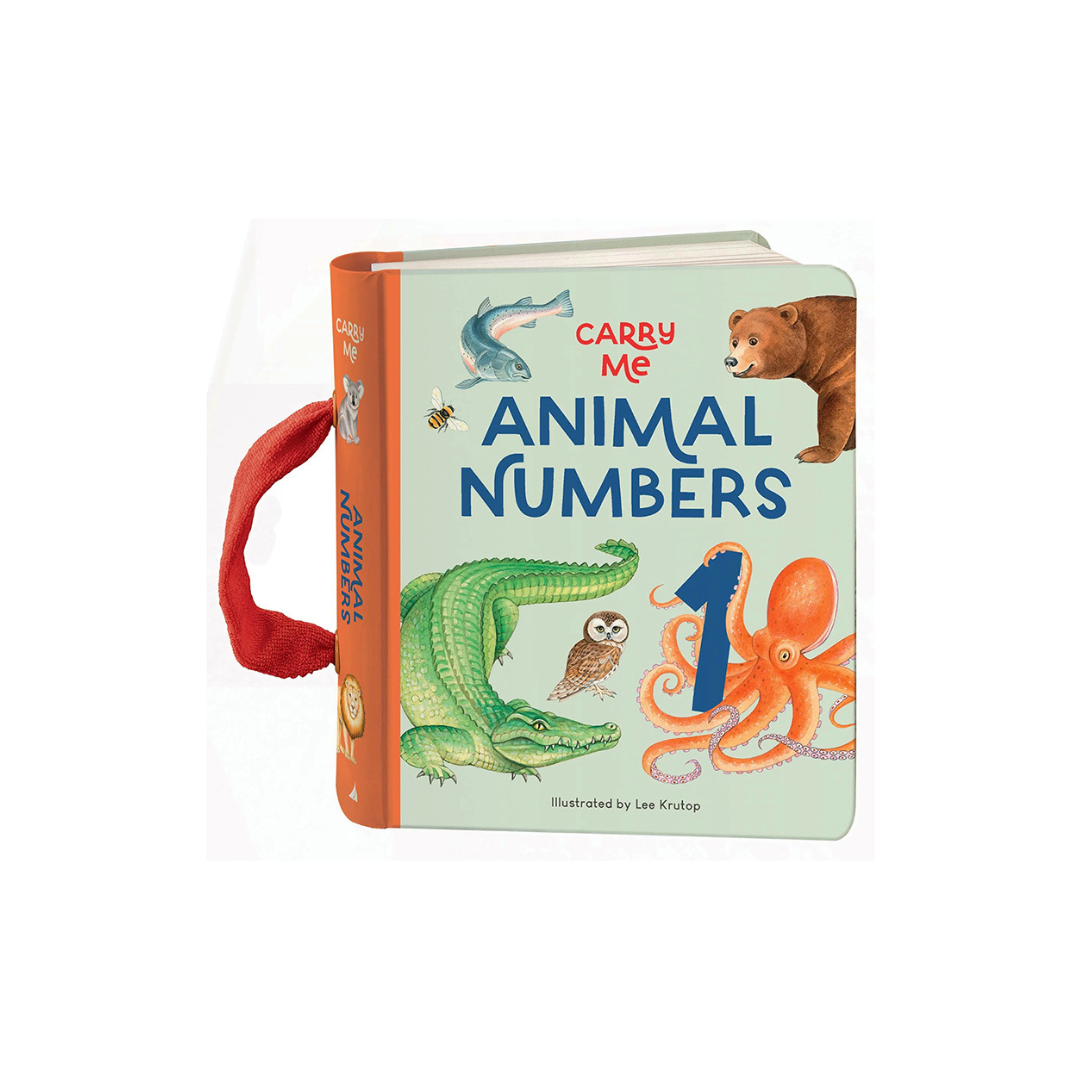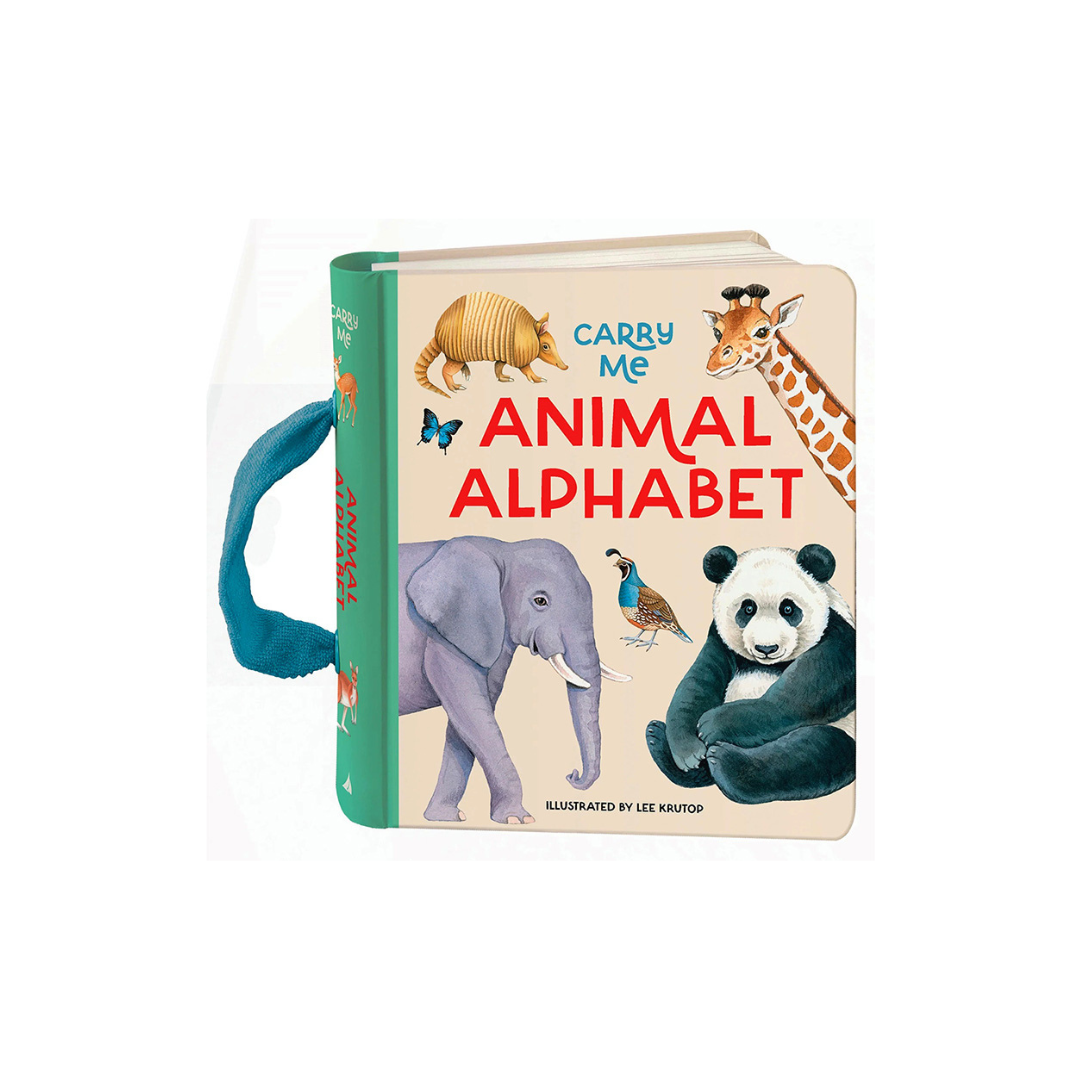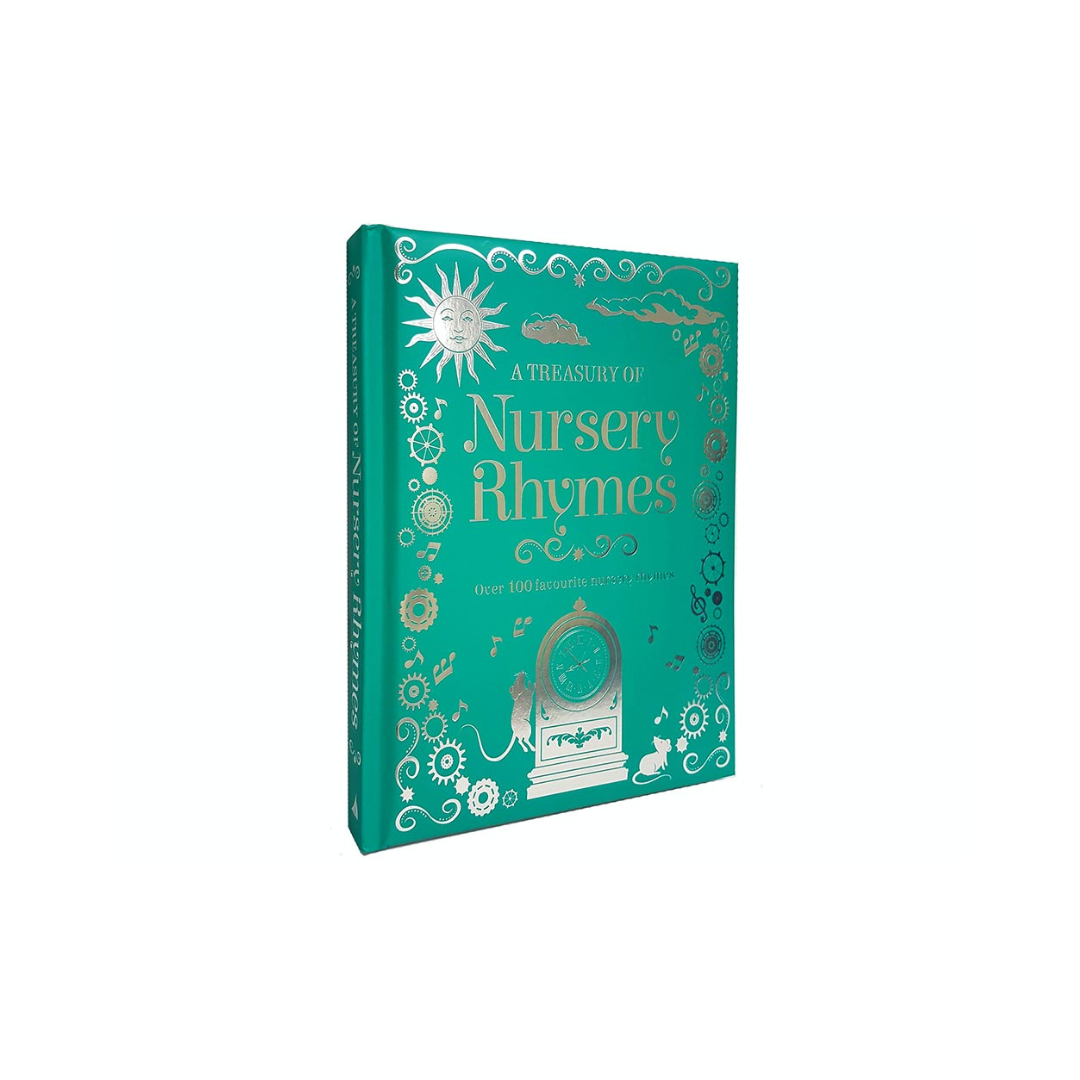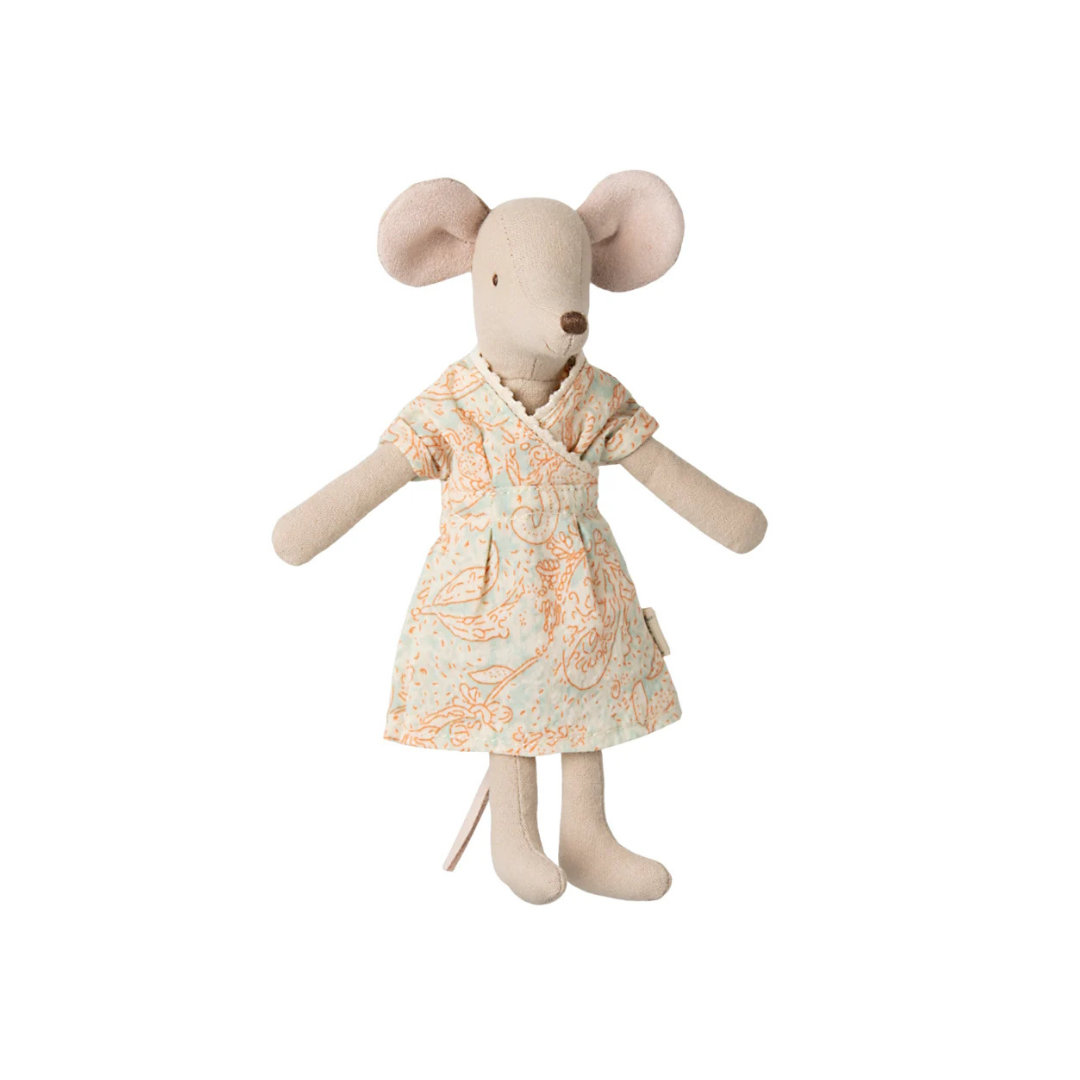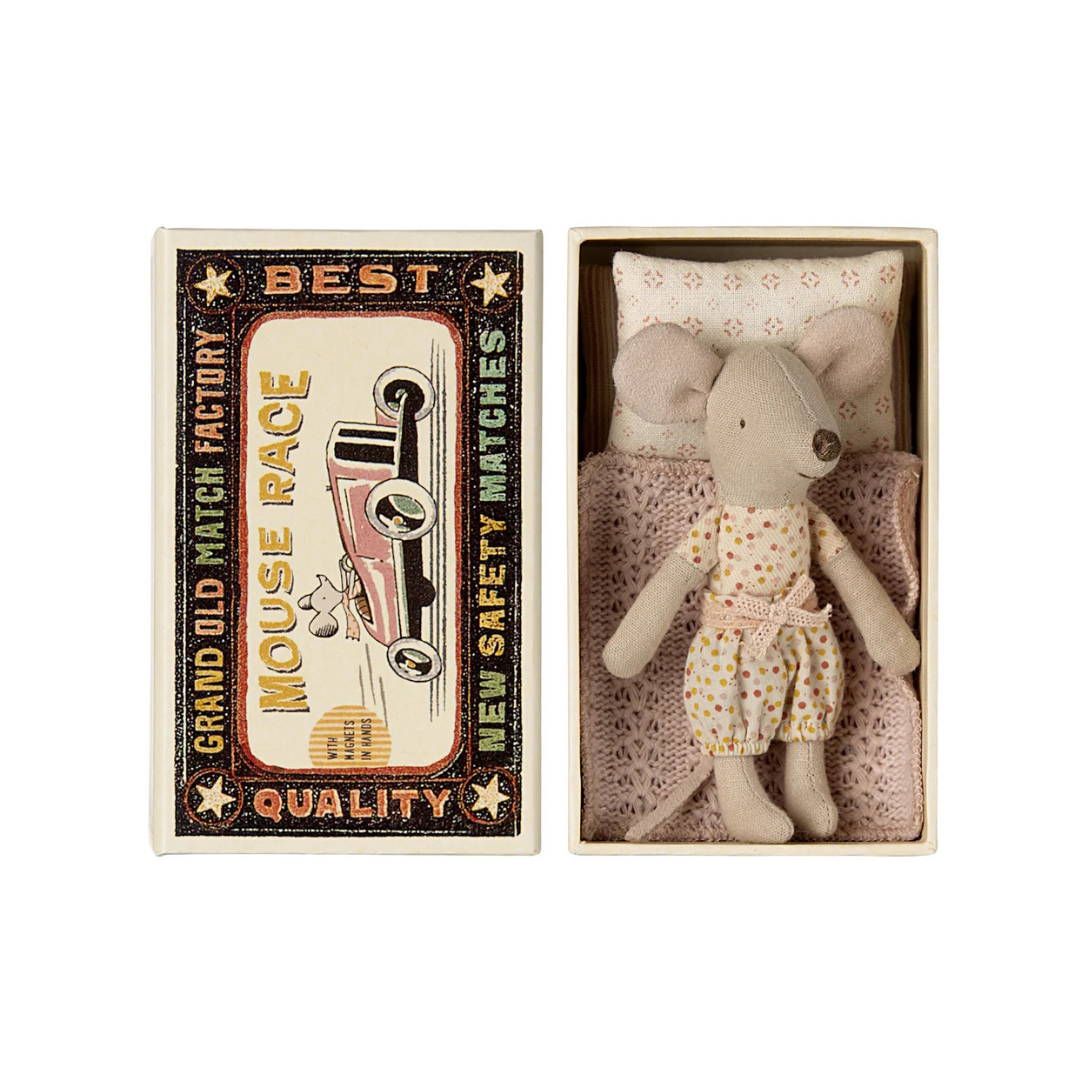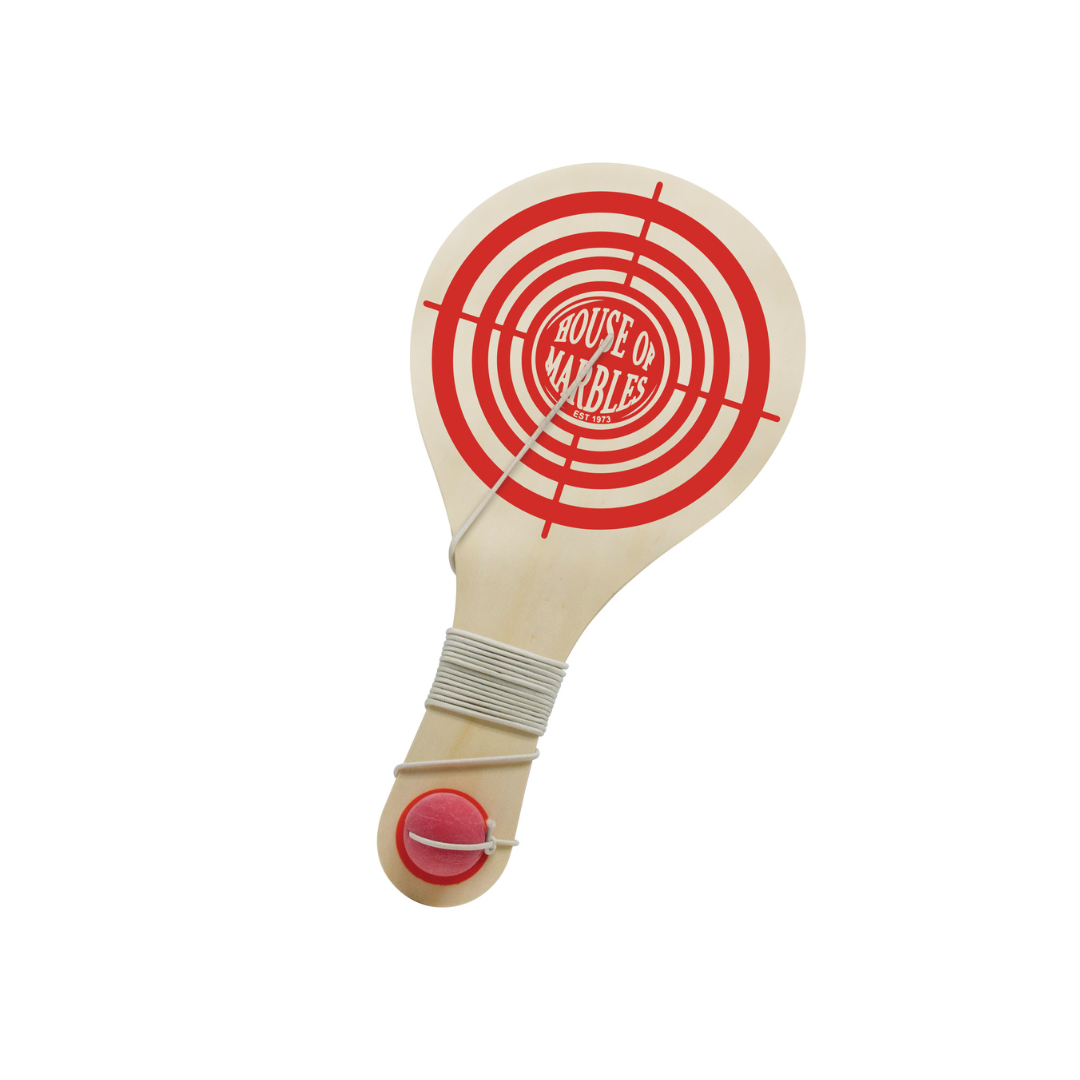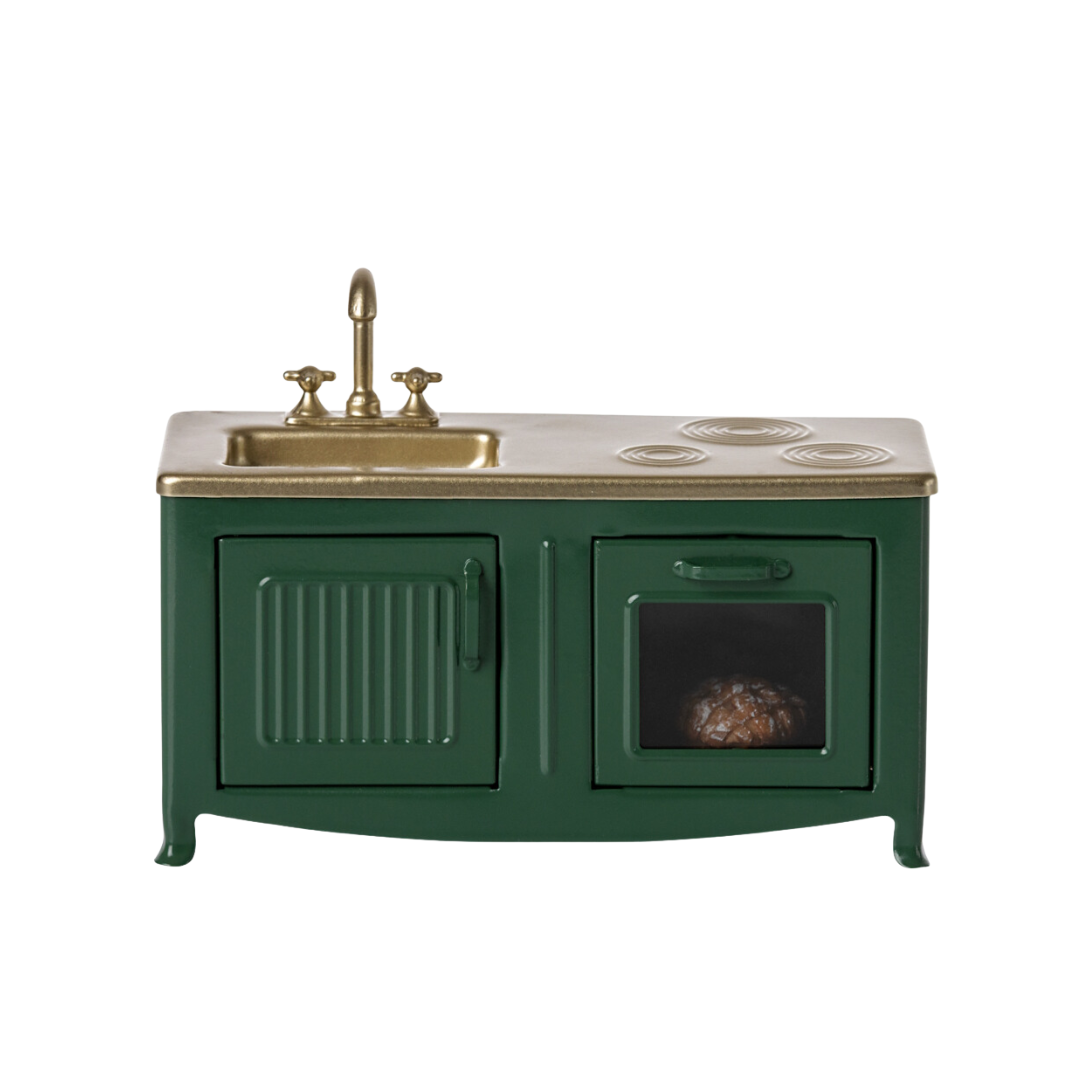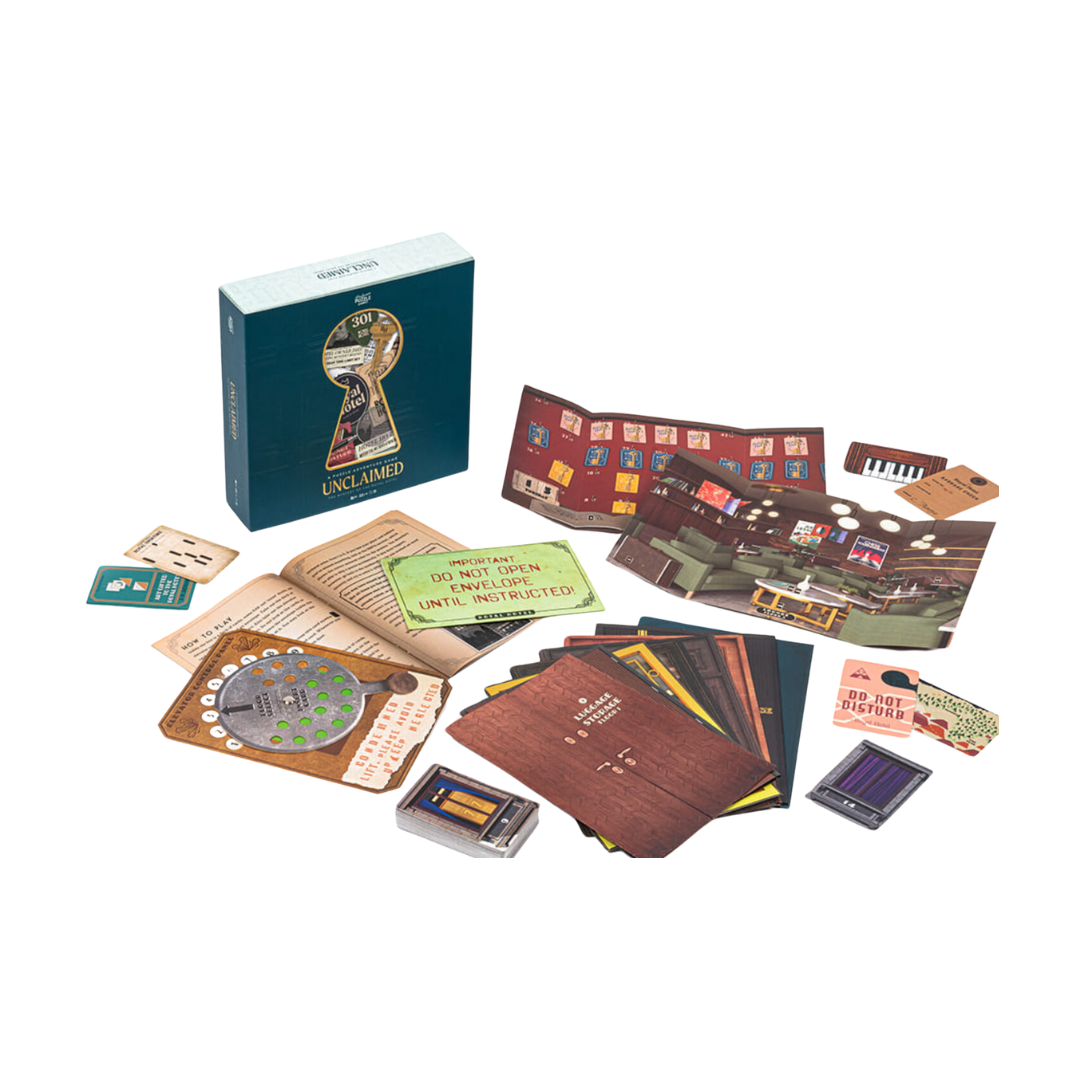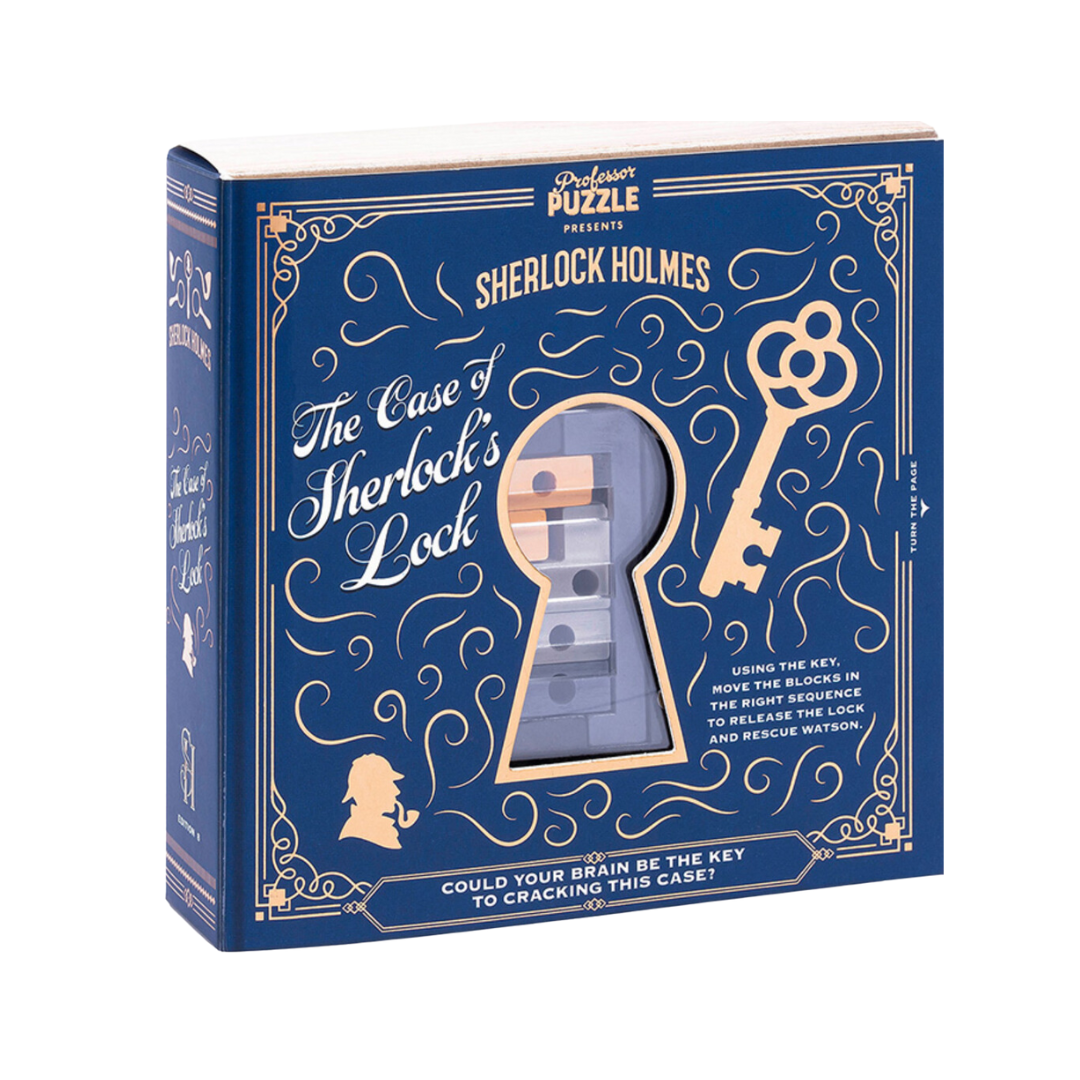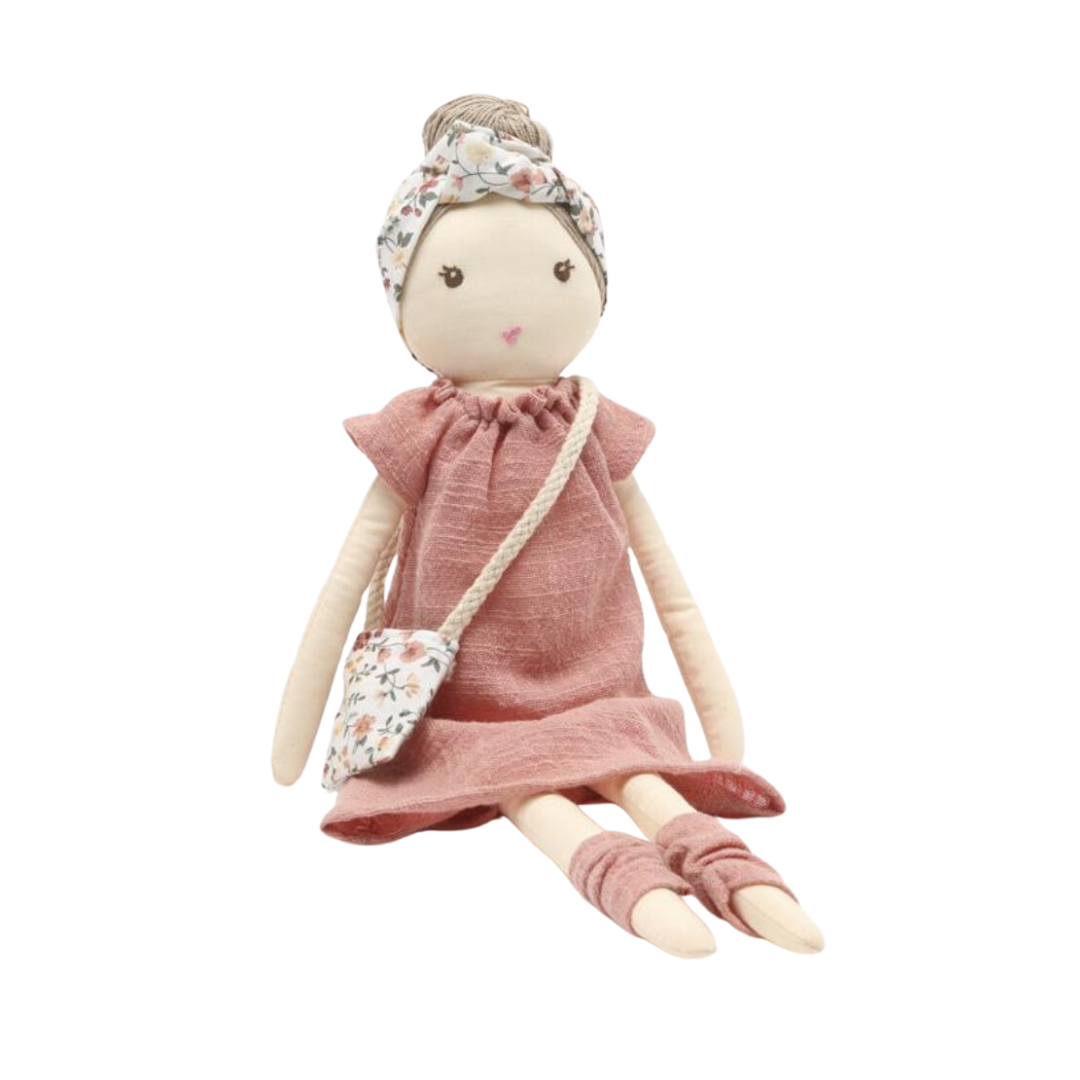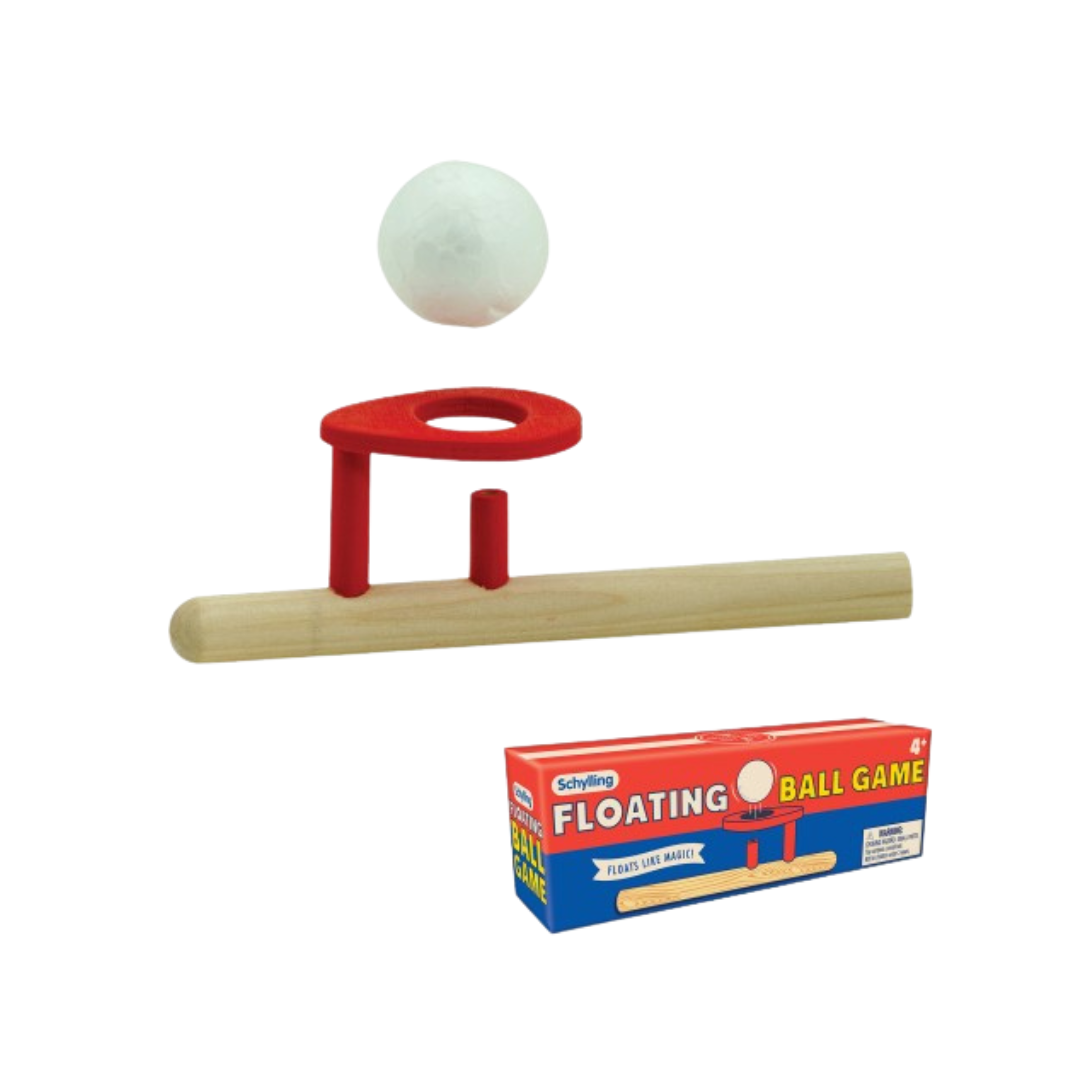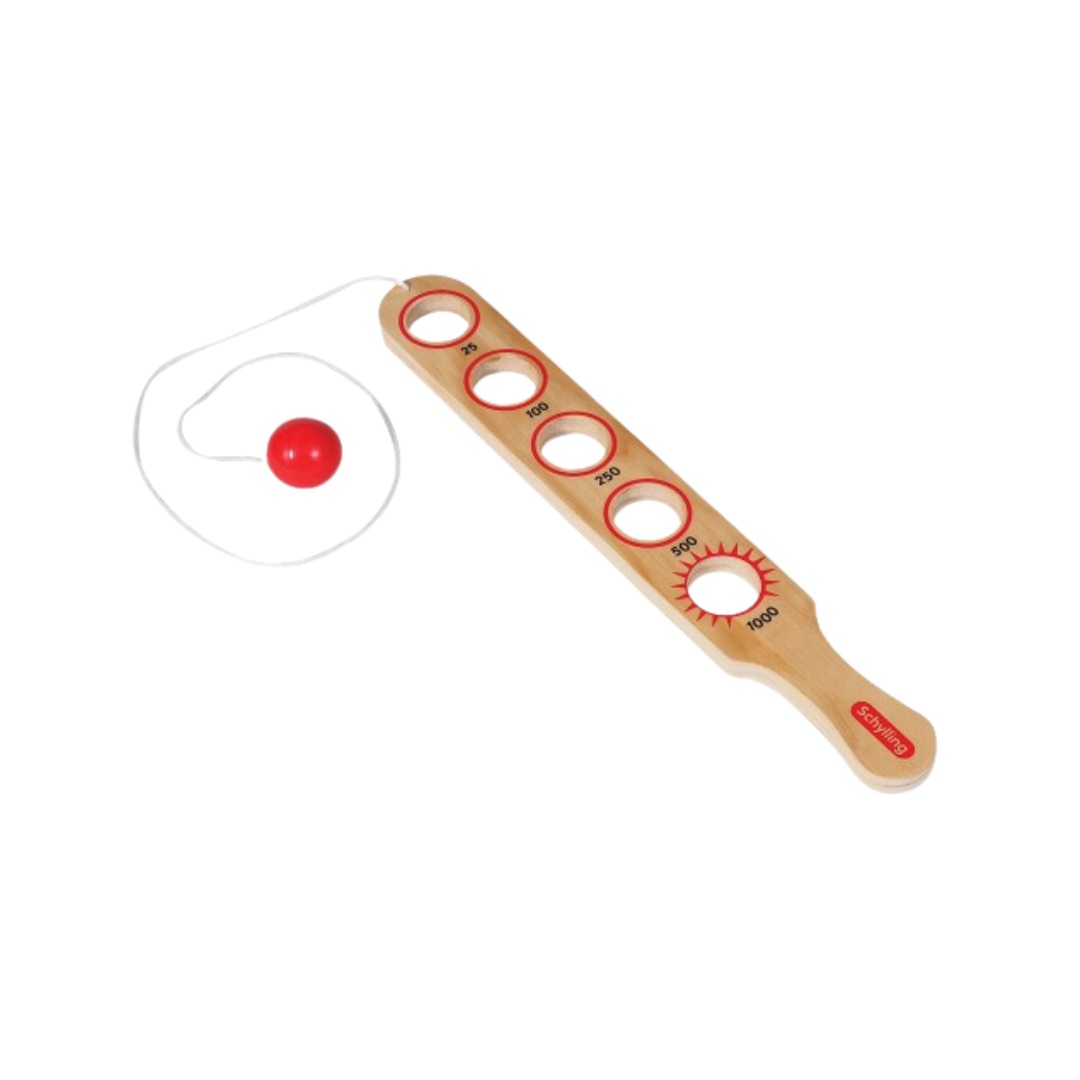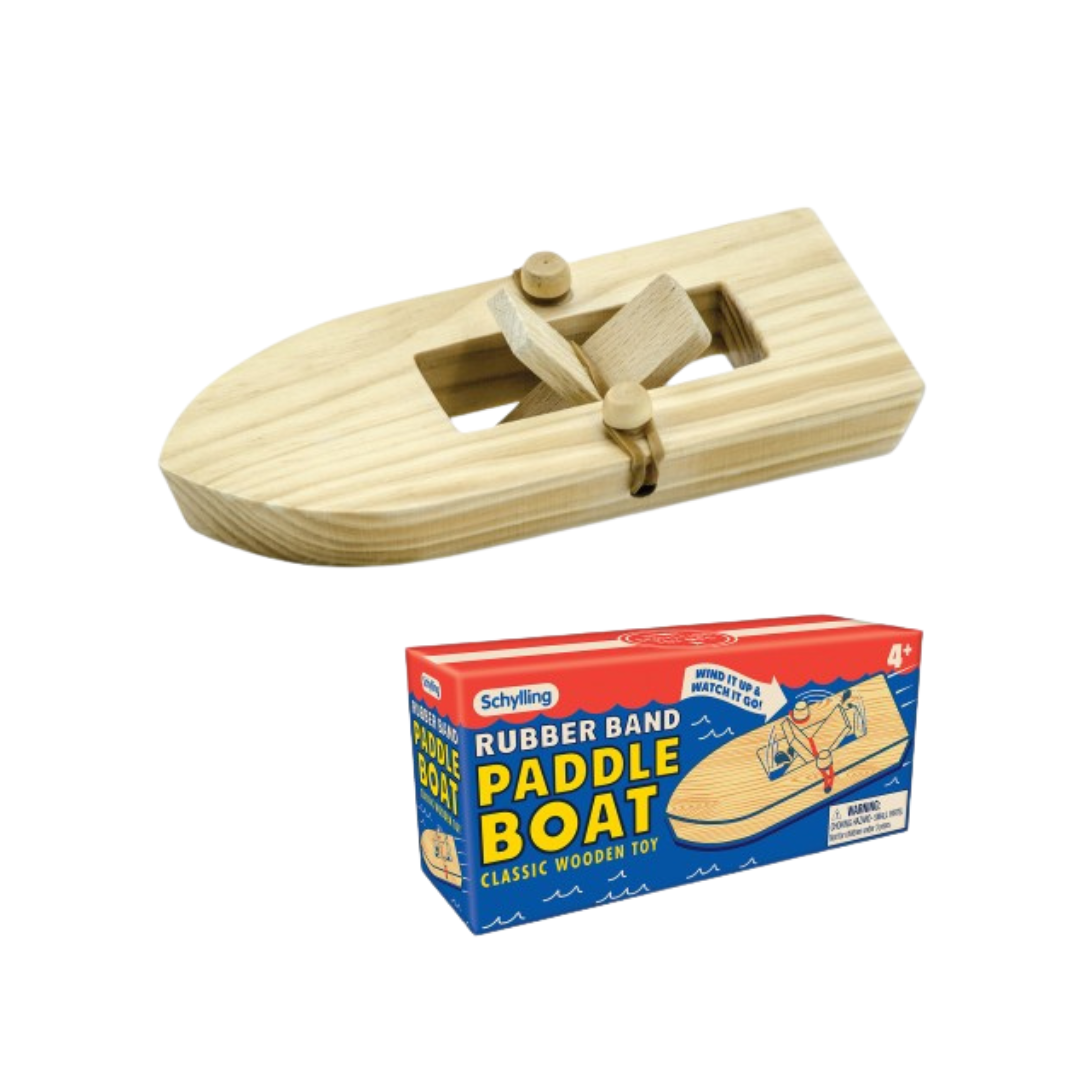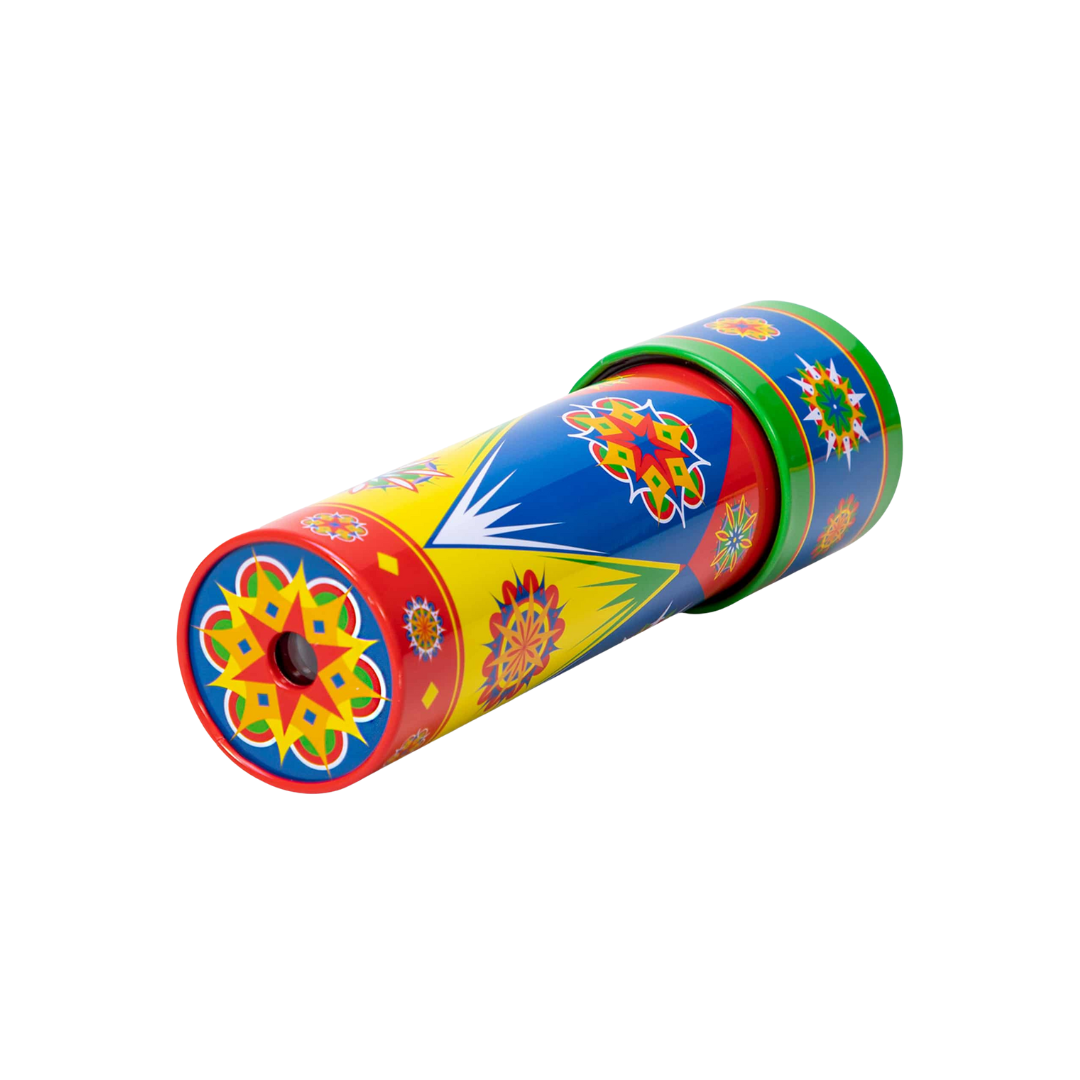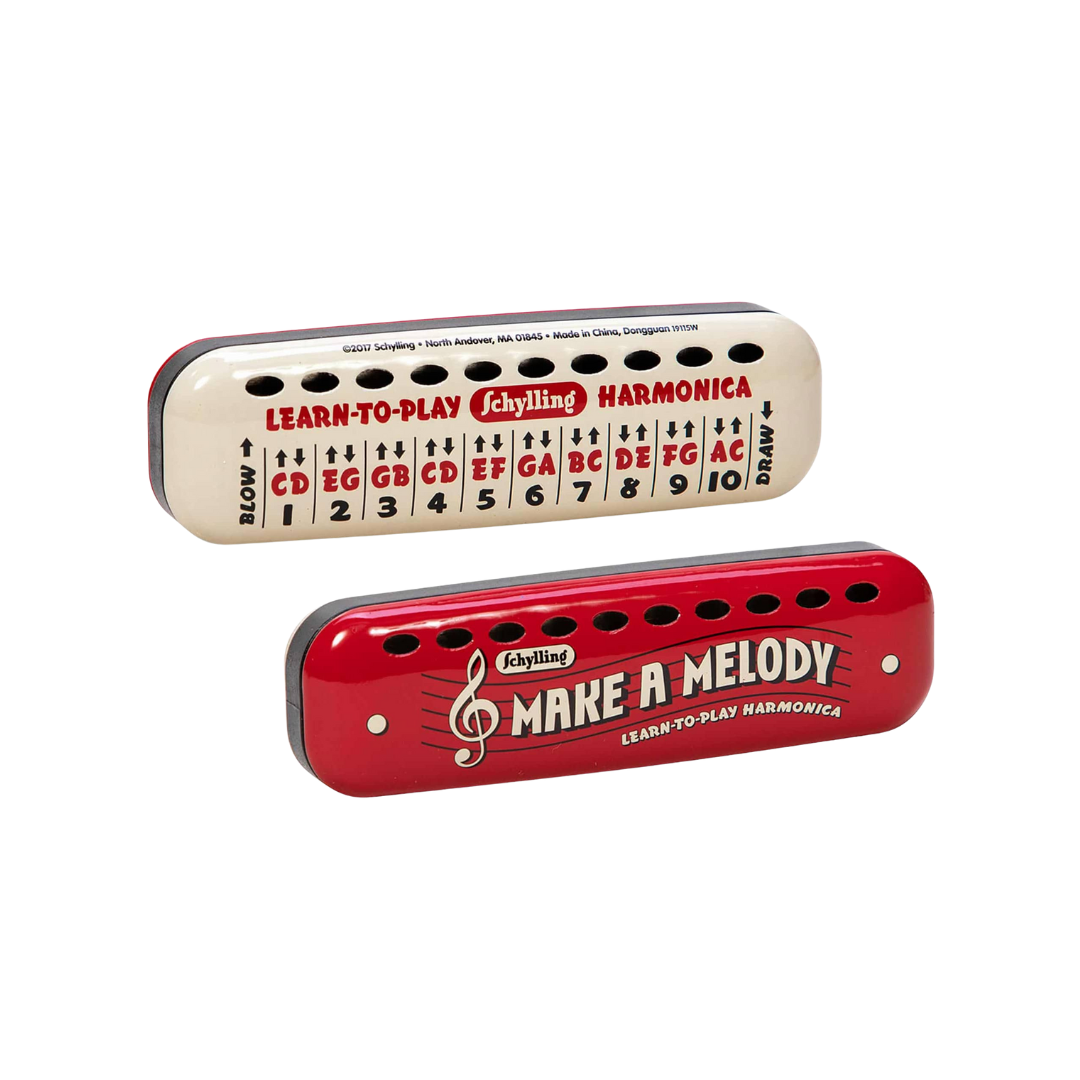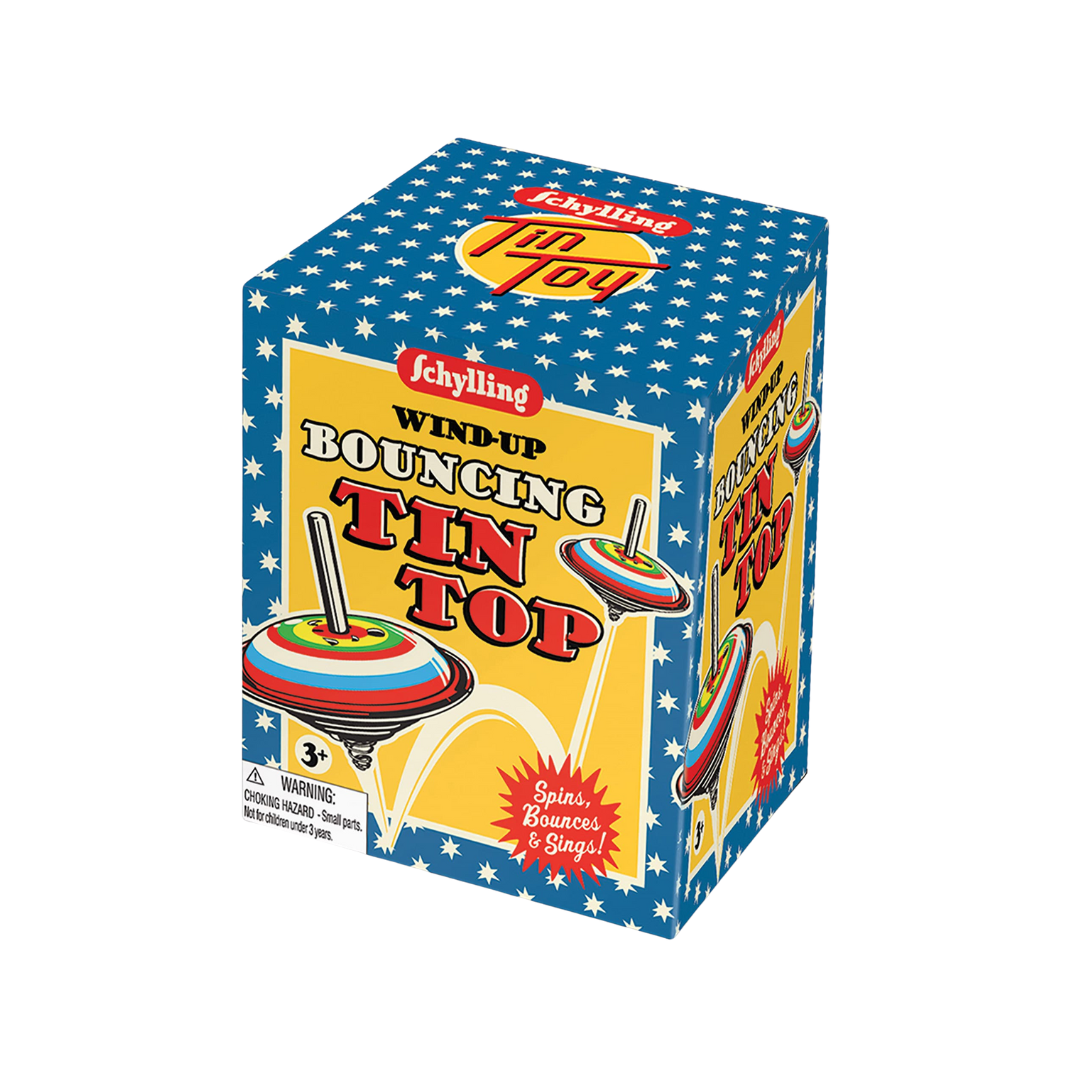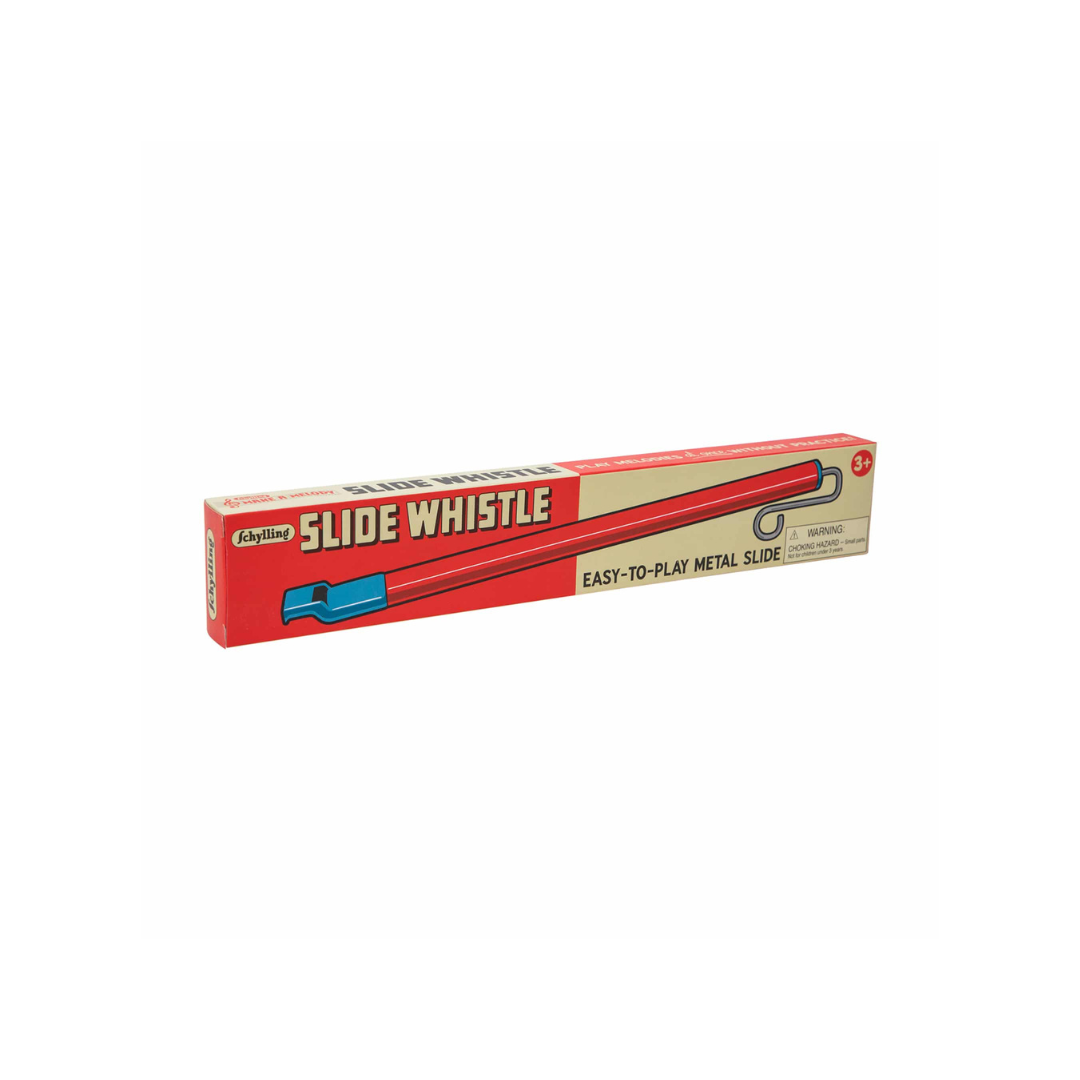Classic Toys | Step Back in Time | Toys From The 1960s
The 1960s, also known as the Swinging Sixties was a decade of fun, due to the relaxation of the taboos and constraints of previous years,.
The 1960s, also known as the Swinging Sixties was a decade of fun, due to the relaxation of the taboos and constraints of previous years, especially those relating to Sex and drugs and rock and roll.
After experiencing sluggish economic growth in the 1950s, as the after effect of Word War 2, the U.S.A experienced a massive 1960s boom with the economy which rippled around the globe. People born in the early 1960’s are commonly referred to as Baby Boomers due to this economic upturn.
Fun Fact: ‘Baby Boomers’ aren’t just from the early 1960’s like many people believe. The baby boom actually started when husbands and men returned from the war in 1945, leading to a high number of babies being born the following year.
The sixties was known for its peaceful demonstrations of peace and love and the creation of the Hippie sub-culture. One of the biggest demonstrations of mass-love was Woodstock, a three day music festival held on a dairy farm north of New York City in August 1969 which attracted more than 400,000 people spreading love and peace. Rolling Stone magazine listed Woodstock as one of the top 50 moments that changed the history of Rock ‘n’ Roll and was forever immortilised as the summer of love.
The Space Race also dominated the 1960s with the USSR and the USA competing against each other in the realms of space exploration. On the 20th July 1969 Apollo 11 landed on the moon after leaving earth 4 days earlier. Neil Armstrong, Michael Collins and Buzz Aldrin had fulfilled President John F Kennedy’s goal of reaching the moon before the 1960s came to a close, even though President John F Kennedy himself was assassinated on the 22nd November 1963 in Dallas, Texas.
Fun Fact: The real winners of the space race were said to be the USSR when they launched the first artificial satellite Sputnik 1 back in 1957.
Muscle cars with huge engines and loud exhausts became extremely popular in the 1960s. In Australia, these muscle cars needed to blow off steam somewhere – so in 1963, the Bathurst 1000, also known as The Great Race was introduced. It was a completely different race to the souped up race we see today with only minor modifications being made to the engines.
Fun Fact: No special harnesses or seatbelts were installed in the cars; they raced in the standard seats that were manufactured with the car. Most racers encountered fabric burns and rashes as they slid around the seat racing around Mount Panorama.
The cars and rules have changed dramatically at Bathurst over the past 50 years but that doesn’t stop hundreds of thousands of people camping out on Mount Panorama for the 4 day event (the city of Bathurst expands its population by 4 times over the duration of the event) with many more tuning in on their TV’s every year to witness who will be the next King of the Mountain.
Once again music was a huge part of the everyday life of most people during the 1960s and in 1964 the cultural phenomenon of the British invasion of music began as The Beatles flew into America. The Beatles were at the forefront of the invasion alongside The Rolling Stones, The Kinks and Herman’s Hermits.
At the start of the decade music changed when the huge ‘Rock ‘n’ Roll’ movement came to an abrupt end and novelty pop songs and Motown groups climbed up the music charts. Surf Rock or California Sound also emerged during the early 60s, where the music was based on beach and surf. The Beatles’ rival band, The Beach Boys dominated the surf rock scene after starting out as a garage band, they gained popularity as they made their way up the charts. Their popular songs Good Vibrations and Surfin’ USA among many others are still enjoyed around the world today.
Classic toys from the 1950s, 60s, 70s & 80s
The 'good old days' were a lot of fun for kids. In the past, children had more engagement with their toys than they do today, and they formed a longer attachment.
The 'good old days' were a lot of fun for kids. In the past, children had more engagement with their toys than they do today, and they formed a longer attachment. There weren't countless number of toys to choose from and to play with. Children bonded with their toys, and allowed their imagination to take over in their creative play. This article gives a quick glance at those toys from the 1950s to the 1980s which have created wonderful memories for kids throughout the decades.
The 1950s saw a surge of toys in the market, as post war indulgence changed the way that people spent. Tin toy cars flooded the market (Dinky & Matchbox), along with friction cars, Tonka trucks, kitchen sets, Tiny Tears dolls, Hula hoop, Barbie and farm equipment. These toys are the essence of vintage toys and all to this day still remain. Most have evolved over time, but their timeless, classic design still ensures that generations of children still love to play with them.
A large number of toys which were introduced back in the 1960s are still also around today. The 1960s heralded a golden era for toys, with bigger families, and more disposable income paving the way for greater choice and variety. If you take a close look at toys available in the 60s and 70s, you will not see a great deal of difference between the offerings. The toys were quite similar and still hold great enjoyment for the next generations of kids.
A few toys and games like Ker-Plunk, Twister, Etch A Sketch, Slip 'n' Slide, Rubik's Cube, Spirograph and G.I. Joe can still be found in children's toy boxes and toy stores now.
Another major influence on toys was the introduction of TV into people's homes. Toy manufacturers realised that they could theme toys on popular TV shows, and the toys would fly of the shelves. The batman comic books became hugely popular and batman-themed toys started filling the shelves of toy stores. This was a huge profit making game-changer for all the toy makers.
As time moved on, and families had more disposable income & greater spending power, toy manufacturers had to start thinking outside the box if they wanted to increase their sales.
To make things a bit more fun and exciting for the kids, toy manufacturers started introducing electricity into toys, and a whole other world of new, innovative toys came into being with the dawn of electronics. Toys would never be the same again. Every Christmas, we now see the release of the newest, biggest, flashiest toy. In amongst all of these toys though, and still standing the test of time, are the classic toys from the 1950s, 1960s, 1970s & 1980s.
These toys and games passed on from decades before are still famous, popular and loved even now. Grandparents give the retro toys to their grandchildren, and watch with delight as the children play. Old memories flooding back of the joy that they themselves used to feel playing with the same toys when they were young.
There's nothing like playing with an old toy to bring back happy memories.


